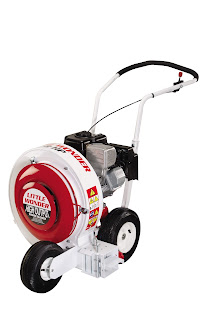Staying on top of basic snowblower maintenance can be the key to avoiding frustration when a big snowstorm hits.
“Having old gasoline in the tank is the most common reason snowblowers won’t start.
One of the most important things you can do to promote good starting is to have fresh fuel. Stale gas can leave harmful deposits in your product’s fuel system, he reveals. If the gas in your snowblower is more than thirty days old and your machine won’t start, we suggest taking it to Imperial Services so we can remove the gas. Then put fresh gas in your tank. Adding a fuel stabilizer can help keep the gas fresh through the entire snow season.
The same is true for oil. Changing the oil at the end of the season is a good rule of thumb. That way, you’re ready to go when the season starts. If you haven’t changed the oil yet, we suggests doing so now. Consider using oil specifically made for outdoor equipment. This oil contains higher anti-wear additives not found in automotive oils and helps your engine start, even in bitter cold temperatures.
Another common issue during the snowblowing season is foreign objects getting stuck in the machine. Believe it or not, the most common object to get stuck in snowblowers is the newspaper. Before you set out to clear your driveway or sidewalk, be sure it’s free of debris and objects.
We suggest doing a simple inspection of your snowblower, which can also help keep it tip top shape. Before you do any work on your machine,be sure the engine is off and the spark plug wire is disconnected. If you have a single-stage snowblower, inspect the rotor blades for wear. When a rotor blade edge has worn down to the wear indicator hole, both rotor blades and the scraper should be replaced. If you have a 2-stage machine, check the skids (the part attached to the side of the auger housing). This part lifts the auger and scraper off the ground, preventing the auger from coming in direct contact with the pavement. Be sure the skids don’t show signs of significant wear. If they are damaged or very thin, they need to be replaced.
Sometimes starting problems can be simple operator error. Check your owner’s manual for the proper starting procedure for your machine.
And if you need a new snow blower we have Columbia Brand in stock here at Imperial Services.






























